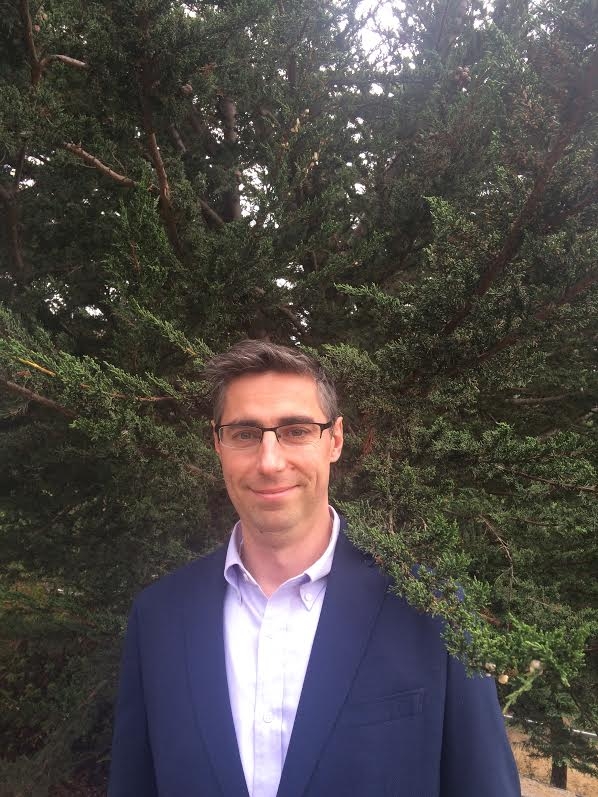
From a young age, Lacan was curious about the intersection between humans and their environments. Lacan, however, did not immediately plant his roots in forestry. Three degrees from UC Berkeley later, Lacan now works with his two favorite clients: people and trees.
Lacan's journey began with a decade of conservation biology research in the remote parts of Sequoia Kings Canyon National Forest and the Sierra Nevadas. With some pretty exciting experiences in nature caked onto his hiking boots, Lacan then decided to change paths.
“There are moments when you question your career choice; in the end, I decided I wanted a career where maybe I would get to take a shower daily,” Lacan laughed.
“I liked the science aspect of it, but missed the human aspect of it,” Lacan reflected.
Naturally, Lacan's second go-around at graduate school was focused more intently on the immediate human environment. Namely, trees. It was during these years of research that Lacan first connected with Cooperative Extension.
“I called people in Extension, and said hey, you guys have written this really nice book about pests and diseases, but...landscape architects and planners don't read books about pest diseases,” Lacan elaborated.
Lacan rejiggered Extension research to create a simple, colorful guide, communicable to tree novices, to prevent urban forests from becoming susceptible to pest disasters. 7 years later, the comprehensive spreadsheet known as the Pest Vulnerability Matrix (PVM) is still being used, updated, and is making a difference to city planners, landscape architects, and urban forest managers.
“It's the kind of thing that is of interest to very few people...but it affects everyone who lives in cities,” Lacan noted.
The ultimate goal of making university research accessible to the public is what Lacan values most about his role at UCCE. His main clients are people who manage trees: city arborists, tree care companies, or nonprofits that plant trees, whom Lacan humbly added, “Often know more about trees than I do.”
“I have gotten emails from multiple people telling me that I am an important resource for them...given that I cover a large area, and there is only one of me, it's very fulfilling to see that people recognize our work,” Lacan expressed.
Throughout all of his projects, Lacan maintains the same passion and curiosity for trees that inspired his trail to treedom.
“Trees are long-lived complex organisms that evolved in a world completely different than our own,” Lacan mentioned pointing to the trees in Downtown Berkeley, “And yet, they survive and grow even in rough, urban conditions.”
With a tree's laundry list of benefits- storm-water interception, shading, cooling, energy waste reduction, health benefits, crime reduction, and mental health reduction, it is easy to understand Lacan's forest affinity.
“Trees are very important in the built environment and make a huge difference in the quality of life,” Lacan commented.
Recently, Lacan has been focusing on the performance of urban trees in green infrastructure to unearth the missing link in sustainable stormwater management. His second major project is compiling the effects of certain strains of fungi on particular trees to gather data on tree failure. Essentially, the fungi identification is to be used as a resource for fellow tree people to delineate if a tree should be removed or not.
Needless to say, Lacan always has his hands on some bark at any given time. Though he works with hundreds clients, Lacan is approachable, wise, and in tune with the urban landscape. With projects taking him around the globe, as far away as Chernobyl, Lacan has a deeply ingrained appreciation and knowledge for urban forests worldwide.
Much like a father speaks of his children, Lacan speaks of his trees:
“I don't like to play favorites; any tree that thrives in the urban environment is impressive”.
‘listen to Igor talk with KQED's Rachel M on how to mitigate the impact of drought on trees…'
Check out Igor's ANR profile here: http://ucanr.edu/Find_People/Academic_Directory/?facultyid=23774
